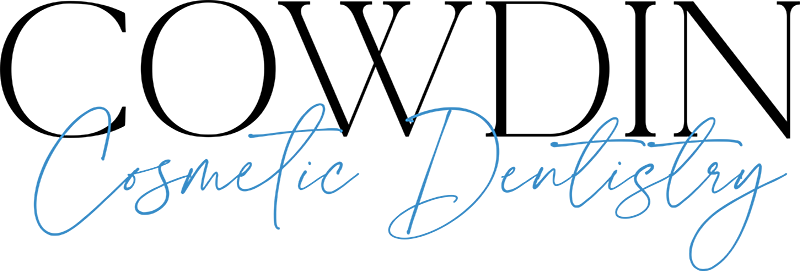Some people suffer from what dentists call a “gummy smile.” While this is not a technical term, it adequately describes one condition addressed by gum shaping. This dental procedure is performed on those whose teeth, usually those in the front, are disproportionate to their gums. Individuals with gums that come too high up on their teeth may be self-conscious about their smiles. Gum shaping can reduce the amount of gum revealed by your smile and smooth an uneven gum line. It is also used for dental patients with disproportionately low gums. The factors causing low or high gums can include serious gum and periodontal issues.
Factors Affecting Disproportionate Gum Lines
Many individuals are born with uneven gums and often blame their “gummy smiles” on genetics. Fortunately, cosmetic dentists can reverse even genetic issues in the gum-shaping process. However, not everyone with uneven or disproportionate gums was born with the condition. Certain health conditions and medications can cause the issue as well. High blood pressure medications are particularly noted as culprits that can cause disproportionate gums over time.
Individuals with receding gums may feel like their smiles are too toothy. As the gum line recedes, teeth can begin to appear overly large. While this condition can be genetic, very low gum lines are related to a specific condition known as gum recession. When the gums pull away from the teeth, it can result in serious pain, decay and even tooth loss. In some cases, gum recession is a symptom of periodontal disease and the accompanying deterioration of supporting structures within the mouth.
Information About Gum Shaping
Generally, gum shaping is considered a cosmetic procedure. Except in instances where gum disease or periodontitis have come into play, the reshaping of gum tissue is done in order to improve the appearance of a smile. The process can often help those suffering from disproportionate gums gain confidence and feel more comfortable flashing those pearly whites.
The Gum-Shaping Procedure
Gum shaping, also known as gum contouring, takes place in a dentist’s office. Prior to the procedure, your dentist will consult with you to determine the desired look and shape of your new gum line. A local anesthetic will probably be used during the shaping process in order to provide maximum comfort. To complete the shaping process, most dentists use a combination of scalpels, radiosurgery and lasers.
Recovery from Gum Shaping
The healing process following gum shaping can take anywhere from a few days to a few weeks, depending on the health of your gums and the extent of the shaping that was performed. Patients should not take aspirin as it can cause excessive bleeding, but your dentist will recommend other medications for pain. During recovery, you should eat soft, cold foods and avoid anything spicy or sharp.
If you are unhappy with the way your gums appear when you smile, you may be a good candidate for gum shaping. To consult with a professional about available options, make an appointment with your dentist today.





